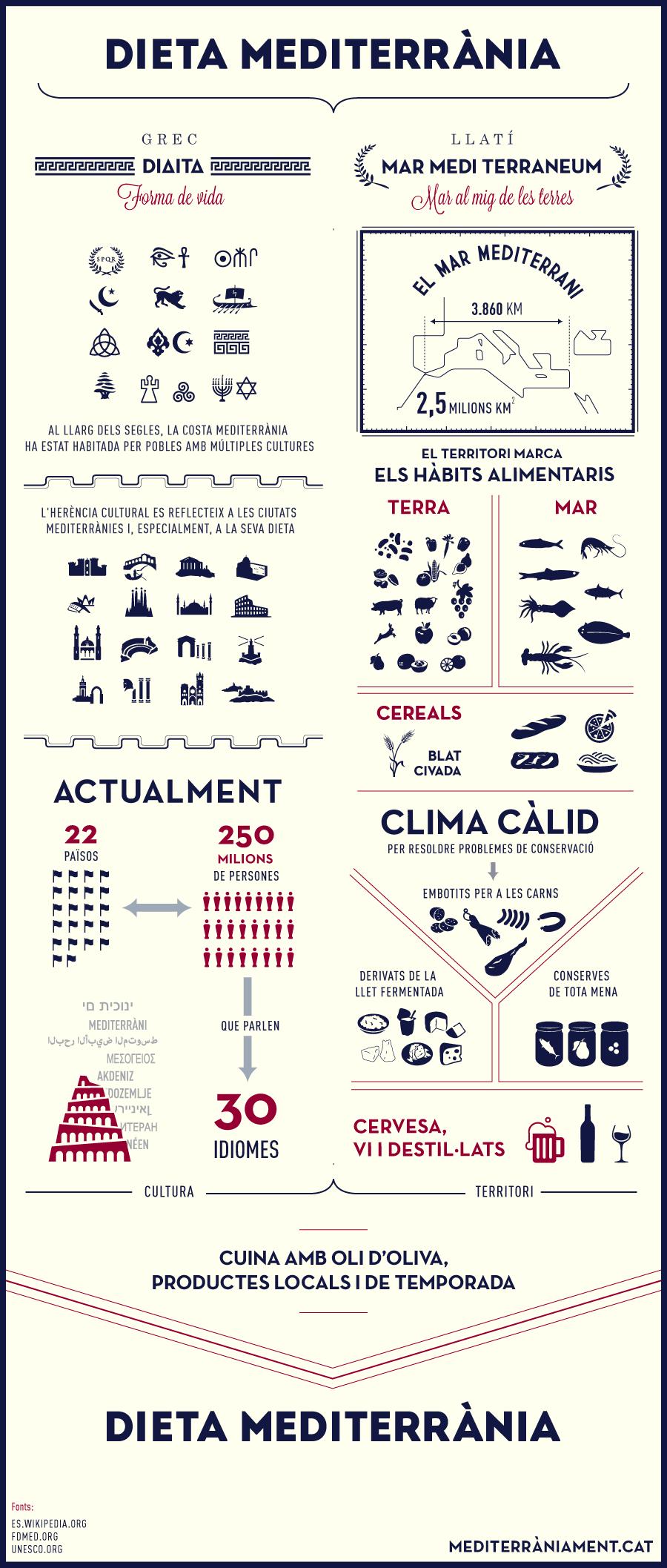Laxmi Ajai Prasanna | Jan 1, 2013
THIRUVANANTHAPURAM: The Jawaharlal Nehru Tropical Botanical Garden Research Institute here will launch a joint project with the forest department and a tribal community next month for cultivation of medicinal herb arogyapacha.
"The pilot project supported by the forest department is on benefit-sharing basis with Kani tribes. It will have a buyback agreement with Oushadi," institute director P G Latha said.
The institute will provide the technical know-how and plant seedlings for the project while the forest department will support the venture by selling the produce to Oushadi or other agencies for clinical trials in medicine preparations.
Former director-grade scientist at the institute S Rajasekharan, who is involved in the project, said the protection of traditional knowledge should also involve protection of the knowledge provider. "Benefit-sharing of such knowledge should involve income-sharing by way of royalty and licensing as part of cost benefit-sharing and profit-sharing after production of a medicine through clinical trials."
He said the institute had also entered into a contract for joint research with a traditional Muslim community in Kollam to develop a herbal drink to battle diabetes and jaundice.
The state biodiversity board had, at the recent National Biodiversity Congress, suggested strengthening the biodiversity management committees in local bodies and creating people's biodiversity register as the first step towards protecting traditional knowledge.
"The existing national biodiversity act only makes a passing reference on protecting traditional knowledge. Also, it lacks tooth. People's register will only help in documenting traditional knowledge and it should not be placed in public domain before obtaining the prior informed consent from the local community. Management committees need to be strengthened to check bio-piracy," he said.
Researcher Shalini Bhutani, who co-authored Common Concerns, An Analysis of the role and functioning of BMCs under India's Biodiversity Law, said the biodiversity rules passed by Parliament in 2002 were diluted before their implementation. "The management committees lack funds and freedom to check bio-piracy and biodiversity rules now mention only about documentation through biodiversity registers. Though the rules indicate benefit sharing with tribal or inventor, the fact that tribal communities are still reeling under abject poverty even in Kerala is an indication of the gap in ensuring equity in benefit sharing," she said.
Link:



















